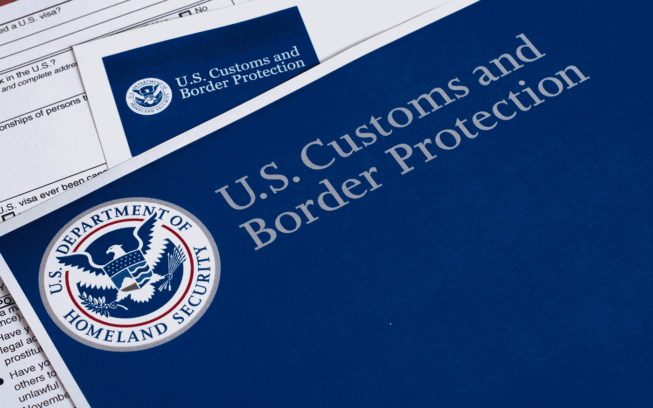The number of international visitors to the United States has declined between 2016 and 2017, according to data released by the National Travel & Tourism Office. Some sources have speculated that the drop in non-resident arrivals is correlated with the election of President Donald Trump in November 2016, even going as far as to call the drop the “Trump Slump.” The Associated Press speculated that foreign travelers have been deterred from visiting the United States, among other reasons, because of the increased reporting of gun violence in the last year. No matter the cause, numbers of I-94 arrivals have fallen sharply, sparking worries in the travel industry of continued falling numbers to come.
Data on I-94 visitors is collected and processed by the NTTO jointly with the U.S. Department of Homeland Security and U.S. Customs and Border Protection. I-94 visitors are generally in the country for a limited time. Border patrol officers attach I-94s to visitors’ passports upon entry to the United States. The I-94 states the date on or before which the visitor must exit the country. Many of these I-94 visitors are tourists.
The total number of I-94 visitors to the United States in 2017 to date is 16,357,892, a 5.7 percent drop since the same time last year. A deeper look into the data shows a great disparity between regions. The sharpest decline in I-94 visitors came from the Middle East. Only 421,908 travelers visited from the Middle East region, a drop of 29.8 percent. Another region with a sharp drop in visitors to the United States is Africa. NTTO reported 27 percent fewer visitors from that region.
Least affected by the slump, Asia accounted for 5,339,486 arrivals to the United States so far in 2017, a mere 0.8 percent decrease since 2016. Western Europe and Oceania are similarly unaffected, both showing slim drops of only 1.8 percent each.
Though less affected than the Middle Eastern and African regions, Central America, South America and the Caribbean all exhibited decreases in travelers to the United States. Specifically, South America showed a 13.9 percent drop, Central America showed an 11.8 percent drop, and the Caribbean showed a 15.1 percent drop. Similarly, visitors from Eastern Europe decreased 13.8 percent.
Various entities have speculated reasons for this marked decline in visitors. The Associated Press has attributed the decline to the uptick in anti-foreigner rhetoric that flourished during the 2016 presidential campaign. Attempts at more stringent immigration policies — like Executive Order 13769, colloquially known as the “Muslim ban,” and President Trump’s campaign promise to build a wall on the border between the United States and Mexico — have also been a source of increased trepidation among travelers.
Alternate explanations for the decline in inbound foreign travelers include the expense — the U.S. dollar is strong against many other currencies — and safety concerns due to headlines about gun violence.
Regardless of the cause, the travel industry sees the sharp decline in visitors as a cause for alarm.
“These numbers are an undeniable wake-up call,” says Roger Dow, president and CEO of the U.S. Travel Association. “Correcting this troubling trend needs to become a national priority. The travel industry will turn over every stone looking for all available policy options to better promote the U.S. as an international destination, and we stand ready to partner with the federal government to grow travel and American jobs and exports along with it.”






